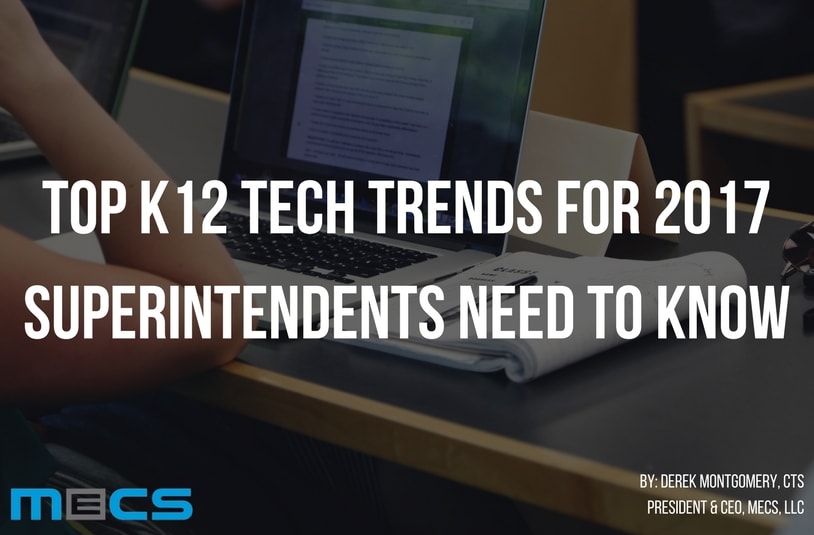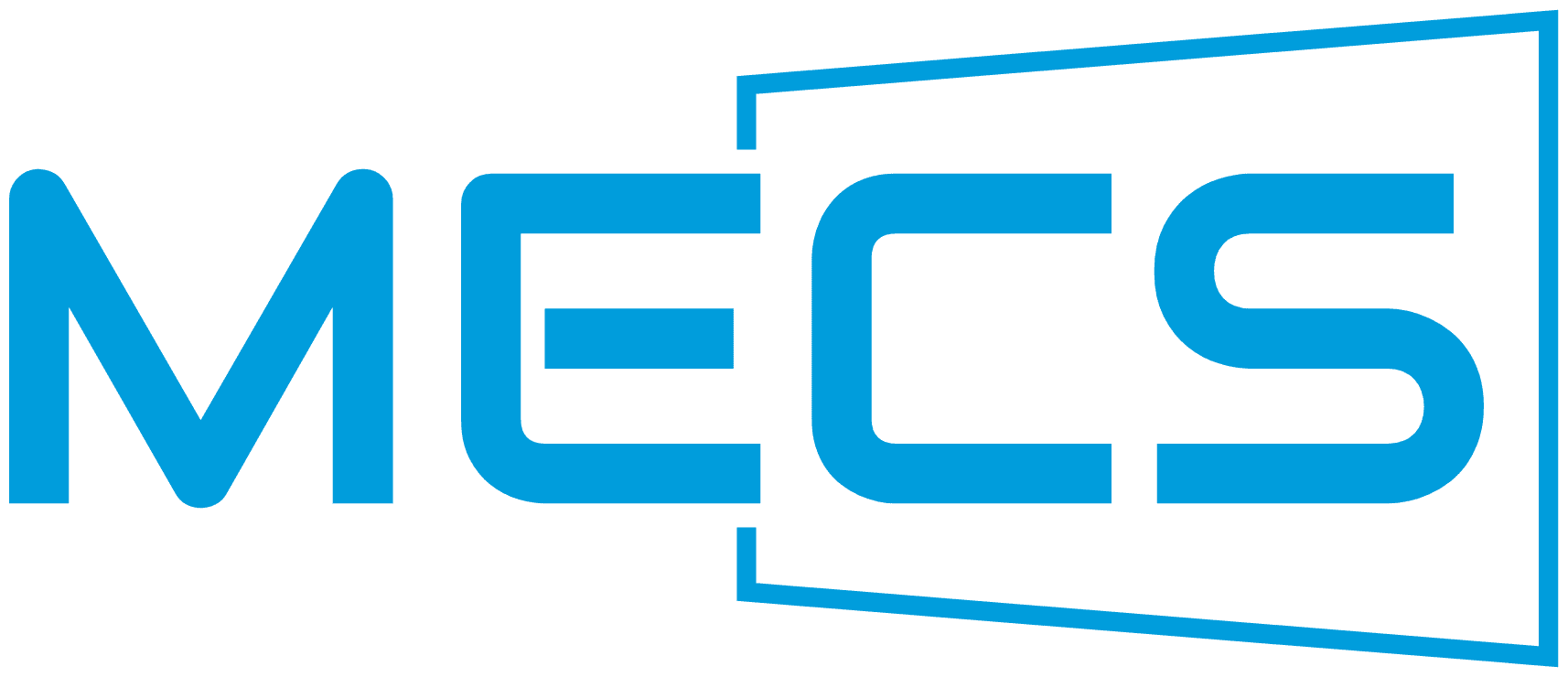
With enhancements in technology comes additional risks as well. Superintendents and IT leaders within school systems need to be aware of the potential end-points that must be secure in order to protect the school from any attacks. By understanding what’s on the horizon with tech, education leaders can plan appropriately to better leverage the budget dollars set aside for tech and ensure their network is secure.
Here are some of the biggest trends education leaders must know and understand:
Expect to Hear More of Ransomware
Ransomware is on the rise, and hit record numbers last year as far as attacks and lost dollars go. The data around which industries were hit the hardest varies, but education is always one of the top sectors that were involved in these attacks. For those unaware, ransomware is a malware used by hackers to encrypt software, leaving users of the system unable to access their system. The only way you can regain access to your system is to cave into hacker’s demands, who usually ask for ransom money paid out via Bitcoin. It is a rising concern for schools; something education leaders need to be aware of.
Internet of Things (IoT) is Here and Growing Fast
IoT aims to integrate various technologies and devices together to form a more interconnected and cohesive environment. Most education managers are fully aware of the power that lies within the Internet of Things. The very interactive opportunities this technology offers promises to help with more secure and cohesive education experience.
Interactive whiteboards, IP powered surveillance cameras, Smart HVAC system, temperature sensors, attendance tracking as well as the wireless door locks are some of the manifestation of IoT. You are more than likely to see internet of things making its presence felt in school systems in 2017, as it offers huge benefits such as:
- Helps smooth student-student as well as student-teacher interactions.
- Allows the smart utilization of mobile learning.
- Provides teachers with tools that can help them teach and encourage creativity among students.
- Creates an interactive learning experience.
- Interconnectivity of various devices and systems allows for a more effective, efficient and responsive approach.
Big Data and IoT is Allowing for Unique Personalized Learning Opportunities
Student’s have traditionally been taught the same curriculum, in the same format. To unlock the hidden potential in each student, learning environments that facilitate strong communication and partnership between students and their teachers on a more personal level must exist. Educators have been advocating for personalized student learning for years now, and it is a trend that will continue to strengthen in 2017 and years to follow.
Technology is allowing for students to learn in unique ways based on what works for them. Visual learners can access newly created video libraries and interactive content, while students who prefer a more traditional route still have that available to them. The data collected through class software and programs will allow for educators to measure and understand what format is working best for their class. IoT is helping put this data to use with hardware like interactive whiteboards and software programs designed for students.
Video is not Showing any Signs of Slowing Down
Video has become a popular way of sharing and communicating just about every idea. While video is certainly nothing new, the accessibility to easily create and share video is. Smartphone cameras have near-production level cameras equipped on every device. Video-sharing sites such as YouTube enable individuals to post a video seconds after filming.
Educators are now using this technology to enhance their courses, as well as cut costs within schools. Teachers can quickly record videos that can be used as study guides for class, and then share through YouTube or a Blackboard type program. Additionally, schools are now able to scale the monitoring of classes and teacher observations by using video. An actual person in class is no longer required for these sessions, which enables more classes to be monitored. This gives schools more tools to provide feedback and enhance the development of their teaching staff.
The key for education leadership is to be prepared for these changes. By taking a proactive approach, schools can learn how to best leverage this technology to enhance the education of their students, while also minimizing their technology budget spend. By waiting, schools risk having to take a reactive approach which often is rushed and can be expensive.
Post by Derek Montgomery
Derek Montgomery has over 20 years of experience in the electronic technology industry. During his time in industry, Derek realized that most organizations were being underserved by technology companies who were more interested in selling products than creating lasting partnerships. Using his in-depth knowledge and love of technology, Derek founded MECS, with the goal of providing innovative solutions and unparalleled customer service.
